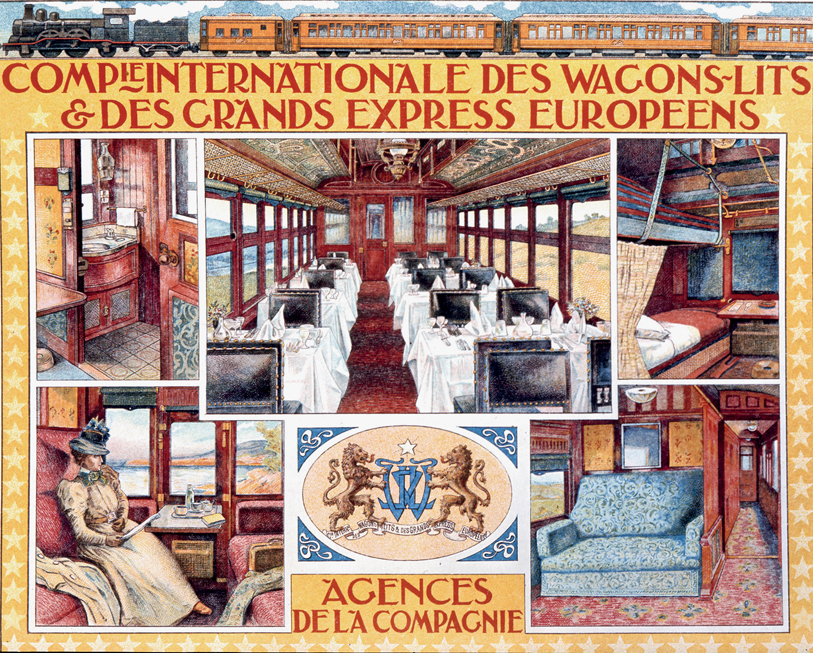A History of World Societies:
Printed Page 691
A History of World Societies Value
Edition: Printed Page 697
Steam-Powered Transportation
The coal industry had long used plank roads and rails to move coal wagons within mines and at the surface. Rails reduced friction and allowed a horse or a human being to pull a heavier load. Thus, once a rail capable of supporting a heavy locomotive was developed in 1816, all sorts of experiments with steam engines on rails went forward.
The first steam locomotive was built by Richard Trevithick after much experimentation. George Stephenson acquired glory for his locomotive named Rocket, which sped down the track of the just-

The arrival of the railroad had many significant consequences. It dramatically reduced the cost and uncertainty of shipping freight over land. Previously, markets had tended to be small and local; as the barrier of high transportation costs was lowered, markets became larger and even nationwide (see Map 23.1). Larger markets encouraged larger factories with more sophisticated machinery in a growing number of industries. Such factories could make goods more cheaply and gradually subjected most cottage workers and many urban artisans to severe competitive pressures. In all countries, the construction of railroads created a strong demand for unskilled labor and contributed to the growth of a class of urban workers.
The railroad also had a tremendous impact on cultural values and attitudes. The last and culminating invention of the Industrial Revolution, the railroad dramatically revealed the power and increased the speed of the new age. Racing down a track at 16 miles per hour or by 1850 at a phenomenal 50 miles per hour was a new and awesome experience. Some great painters, notably Joseph M. W. Turner (1775–

The steam engine also transformed water travel. French engineers completed the first steamships in the 1770s, and the first commercial steamships came into use in North America several decades later. The Clermont began to travel the waters of the Hudson River in New York State in 1807, shortly followed by ships belonging to brewer John Molson on the St. Lawrence River. The steamship brought the advantages of the railroad — speed, reliability, efficiency — to water travel.